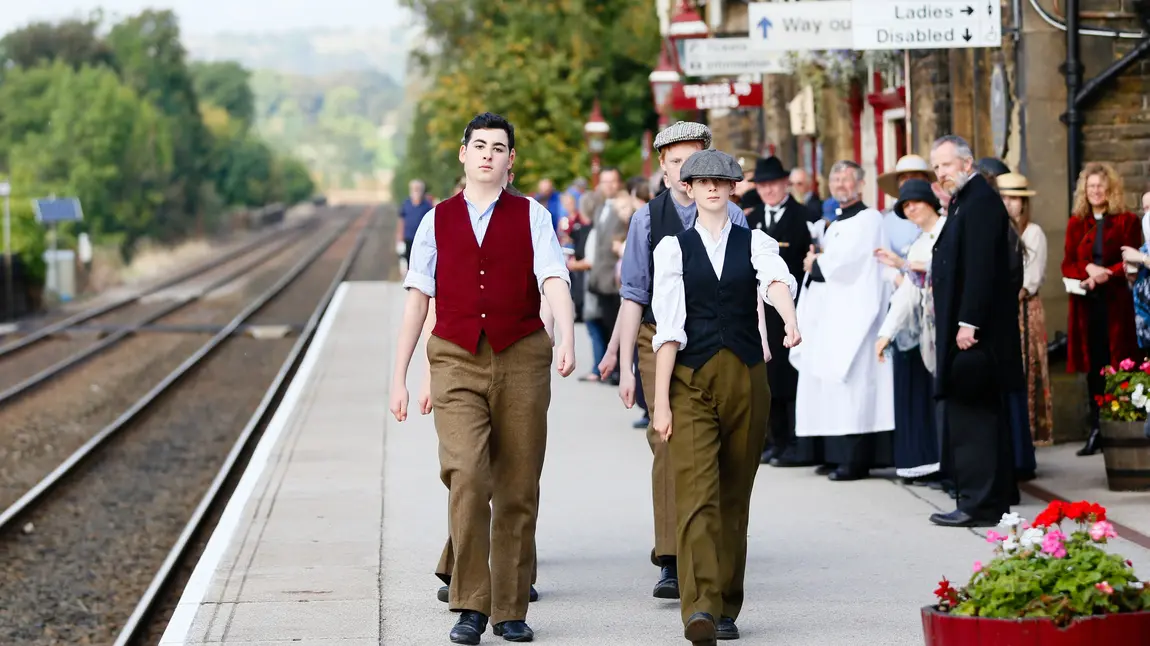Craven and the First World War

Every year since the Centenary period started in 2014, the Craven in the First World War project has produced an exhibition at the Museum of North Craven Life in Settle, focusing on the themes of going to war, conscientious objection, and the Home Front. Skipton has been transformed over the period, with three First World War heritage fairs, and promenade performances of ‘Tunstill’s Men’, a drama created for the project.
[quote=David Renwick, Head of HLF Yorkshire and the Humber]"HLF has already invested over £86m to more than 1,700 projects, large and small, that are marking this global Centenary"[/quote]
The project has unearthed some truly fascinating gems of life in Craven during the War, including a translation of Kriegsgefangen in Skipton, the remarkable stories of German prisoners of war interned at Raikeswood Camp.
Displays in libraries in Bentham, Settle and Ingleton have explored the lives of local hero Rev Theodore Bayley Hardy, an army chaplain from Bentham, who was the most highly decorated non-combatant in the Great War, and Bertram Lambert, the Settle-born inventor of the gas respirator, as well as the role of community fundraising for the war effort on the Home Front.
David Renwick, Head of HLF in Yorkshire and the Humber, said: “The impact of the First World War was far reaching, and touched and shaped every corner of the UK and beyond. HLF has already invested over £86million to more than 1,700 projects, large and small, that are marking this global Centenary; with our small grants programme, we are enabling even more communities like those involved in ‘Craven and the First World War’ to explore the continuing legacy of this conflict and help local young people in particular to broaden their understanding of how it has shaped our modern world."
To find out more about the project, visit the Craven Museum website.